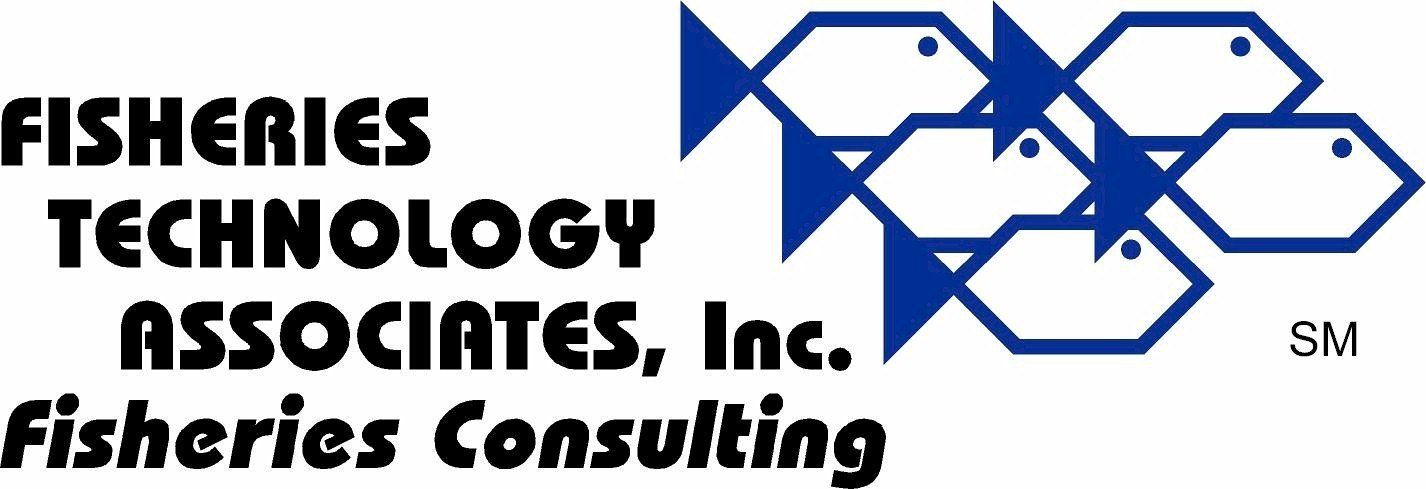Aqua Facts
Here are some interesting facts and figures about aquaculture and fish farming and their growing prominence in world agriculture. If you have additional material for this page, please e-mail your suggestions
to us. If you require more detailed information, please give us a call.
Copyright © 1998-2025 Fisheries Technology Associates, Inc. All rights reserved. Do not copy or reproduce without permission.
- Aquaculture (also known as fish farming or fish culture)--the production and husbandry of aquatic plants and animals in controlled environments
- Husbandry--the application of scientific principles to farming
- Aquatic--freshwater, brackishwater, or saltwater systems
- Controlled--directed or regulated physically, chemically, or biologically; from production applying limited capital and management (low level of control, termed "extensive"), to production applying comprehensive capital and management (high level of control, termed "intensive")
- Aquaculture was first practiced in Egypt and China more than 4,000 years ago (some believe possibly even 8,000 years ago). Aquaculture is a relative newcomer to the U.S., which began here during the late 19th century and first reached commercial success many decades later in the 1960's and 1970's.
- By law, aquaculture is federally defined as agriculture in the U.S. Aquaculture is defined as agriculture in most U.S. states as well, and must be afforded all of the same benefits and considerations (e.g., legal, tax advantages, building codes) as any other form of agriculture.
- Aquaculture is one of the fastest-growing segments of the U.S. and global agricultural economies--growing worldwide at a rate of 6 percent per year.
- Cattle and swine require 8-10 kilograms of feed per kilogram of live weight. Poultry require 3 kilograms of feed per kilogram of live weight. Fish, because they are poikilothermic ("cold-blooded"), only require 1.5 kilograms or less of feed per kilogram of live weight. No energy is required to maintain body temperature.
- U.S. aquaculturists produce more than 500,000 metric tons of aquatic plants and animals per year.
- The value of aquaculture production in the U.S. exceeds $1.13 billion per year.
- Despite the growth of U.S. aquaculture, the U.S. trade deficit in fisheries products is now more than $9 billion per year and growing. The U.S. captures and produces less than one third of the $10 billion worth of fisheries products it consumes each year.
- Catfish accounts for the majority of aquaculture production in the U.S. Tilapia and rainbow trout are a distant second and third.
- The worldwide total yearly aquaculture production of finfish, shellfish, and plants recently surpassed 110 million metric tons.
- China is the world's largest aquaculture producer, accounting for 62% of all aquacultured products. Japan is a distant second and India is third.
- Asian carps (e.g., silver carp, grass carp, etc.), common carp, and tilapia represent, by weight, the most widely produced finfish species in the world.
- Aquaculture accounts for more than 45% of all direct and indirect aquatic production and consumption (e.g., indirect including "reduction" fisheries products such as fishmeal) in the world. Aquaculture currently accounts for more than 50% of all direct consumption by people, and will provide more than 50% of all direct and indirect aquatic production by 2025.
- The per capita consumption of finfish and shellfish in the U.S. is about 7.2 kilograms per year--a total of 2.2 million metric tons. The worldwide average per capita consumption is about 17 kilograms per year, and is much higher in some parts of Asia.
- The number of species under aquaculture production in the world grows larger every year, with the majority of growth in numbers provided by saltwater species.
- As the availability of fresh water and inexpensive land decreases, the number of high-density, highly efficient recirculating aquaculture systems (RAS) will increase.
- There is an emerging trend to site new marine aquaculture facilities in open-ocean environments where they are submerged, out of sight, and out of reach of storms, coastal pollution, and shipping traffic.
- With respect to total numbers, fish are the most popular pets in the U.S. Cats are second and dogs are the third-most popular pets. Ornamental fish species comprise a major production segment within the U.S. aquaculture industry.
- While aquarium hobbyists are not accounted in aquaculture production estimates (commercial producers of aquarium fishes are included), by definition, aquarium-keeping is a type of aquaculture.
- In many parts of Asia, aquariums are considered standard office furniture.
For more information, contact:
Fisheries Technology Associates, Inc.
Telephone: +1-970-225-0150
E-mail: info@ftai.com
